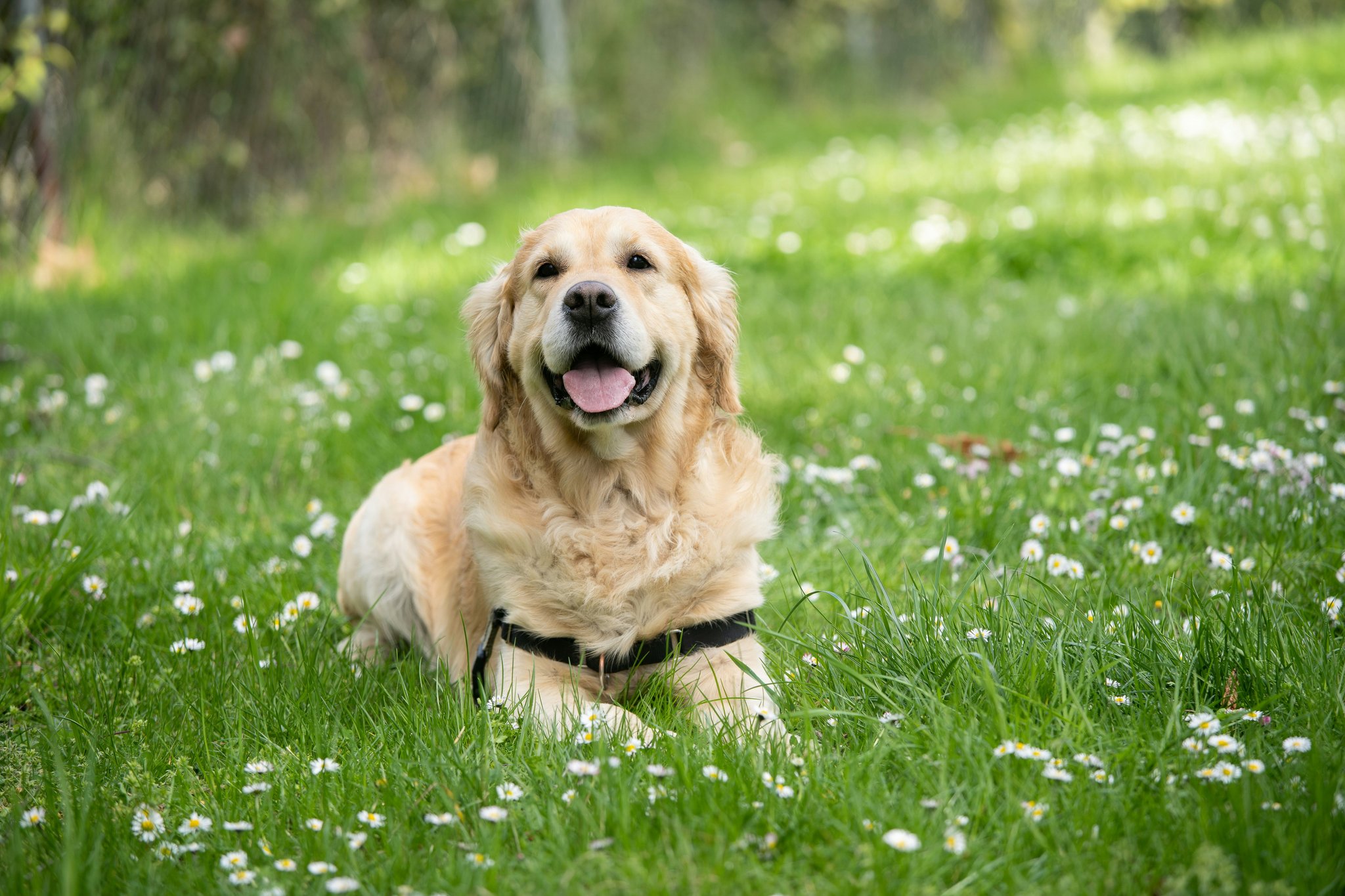Ever wondered why your hunting dog seems sluggish after a long day in the field? Or worse—have you noticed stiffness or limping that wasn’t there before? You’re not alone. Many hunters overlook one critical piece of their hound’s success: specialized nutrition for muscle repair.
In this guide, we’ll uncover how proper diet can transform your furry companion’s recovery game while keeping them strong and agile. Expect to dive into:
– Why muscle repair matters for hunting dogs
– Step-by-step tips on choosing the right food
– Common pitfalls to avoid
And yes—you’ll even get our brutally honest opinion on some “miracle cures” touted online.
Table of Contents
- Key Takeaways
- Why Hunting Dog Muscle Repair Is So Important
- How to Choose the Best Food for Muscle Recovery
- Top Tips for Feeding Your Hunting Dog Right
- Real Success Stories from Other Hunters
- Frequently Asked Questions About Hunting Dog Nutrition
- Conclusion
Key Takeaways
- Hunting dogs require specific nutrients like protein, omega-3s, and antioxidants for optimal muscle recovery.
- Poor nutrition can lead to fatigue, injuries, and shorter careers in the field.
- Not all dog foods are created equal—some are packed with fillers that do more harm than good.
- The best approach combines high-quality kibble with occasional supplements tailored to your pup’s needs.
Why Hunting Dog Muscle Repair Is So Important

Here’s the cold truth: If I told you about my buddy who fed his retriever generic grocery store chow for years without batting an eye—and ended up footing a $2k vet bill when her joints gave out—you’d probably roll your eyes. But guess what? That was me.
Sure, she looked happy enough chasing ducks. Until one day, she didn’t. And it hit hard. The problem is simple: Hunting dogs push their bodies harder than most athletes. Without the right fuel, their muscles break down faster than they can heal.
“Optimist You: ‘It’s just a dog.’ Grumpy Me: ‘Excuse me, have you met my four-legged partner who drags my butt out of bed at 5 AM every duck season?’”
From tendon strains to age-related arthritis, poor muscle recovery accelerates wear and tear. But here’s the silver lining—diet plays a HUGE role in preventing these issues.
How to Choose the Best Food for Muscle Recovery
- Step 1: Look Beyond Labels
- Step 2: Check for Recovery-Specific Ingredients
- Step 3: Customize Based on Activity Level
Just because the bag says “high protein” doesn’t mean it’s quality protein. Chicken by-products? No thanks. Aim for whole meats like beef, turkey, or salmon as the first ingredient.
Your pup needs glucosamine, chondroitin, and omega-3 fatty acids (hello, fish oil!) to keep joints flexible and inflammation low. Antioxidants like blueberries help combat oxidative stress post-hunt.
A pointer burning calories daily will need different ratios than a weekend warrior. Consult your vet if unsure—but aim for formulas labeled “performance” or “active lifestyle.”

Top Tips for Feeding Your Hunting Dog Right
- Tip #1: Rotate proteins regularly to avoid dietary boredom and nutrient gaps.
- Tip #2: Always provide fresh water post-exercise—it aids digestion AND flushes toxins.
- Tip #3: Avoid overfeeding! Overweight dogs strain their muscles twice as much during hunts.
Warning: Ignore those flashy ads promising miracle elixirs made from rare Himalayan herbs. Stick to science-backed supplements instead.
Real Success Stories from Other Hunters
Meet Jake, owner of Dakota—a German Shorthaired Pointer who used to struggle after back-to-back training sessions. After switching to a premium performance formula supplemented with freeze-dried chicken organs, Dakota now runs circles around other dogs half her age. Her energy levels soared, and her recovery time cut in half.
Another hunter swore by adding turmeric to his dog’s meals—an anti-inflammatory powerhouse proven to aid aging joints.

Frequently Asked Questions About Hunting Dog Nutrition
- Q: Can raw diets benefit hunting dogs?
A: Yes—but proceed with caution. Raw feeding requires careful planning to ensure balanced nutrition. - Q: Are grain-free diets better?
A: Not necessarily. Some dogs thrive on grains; others develop sensitivities. It depends on the individual dog. - Q: How often should I feed my working dog?
A: Twice daily works well for most active breeds, but adjust based on calorie needs and activity intensity.
Conclusion
If you’ve learned anything from this guide, let it be this: Your hunting dog’s longevity and happiness depend heavily on what goes into their bowl. Prioritize high-quality protein, include recovery-focused ingredients, and don’t fall for gimmicky products.
Sure, investing in premium food might feel steep upfront—but trust us, it beats watching your loyal sidekick limp home early from the marsh.
“Grumpy Optimist Says: Feed them right, watch them thrive—and maybe save yourself a hefty vet bill.”
*Like a trusty pocketknife, good nutrition gets sharper with use.*
Haiku Throwback:
Field runs free and fast,
Muscles mend with care and love,
Stronger next sunrise.


